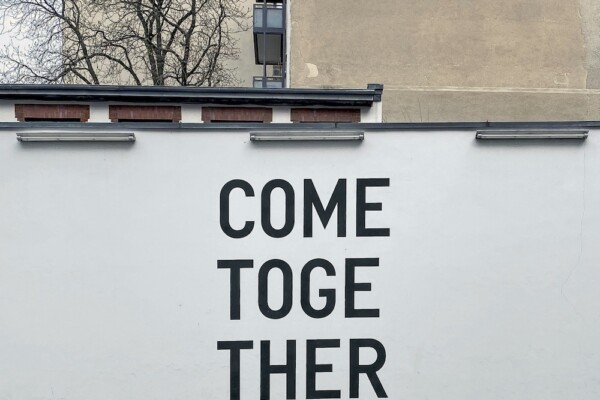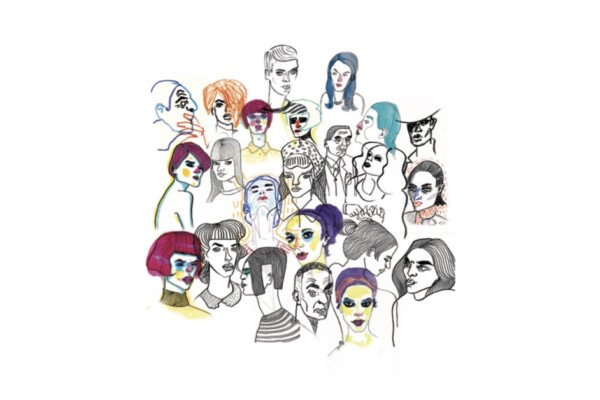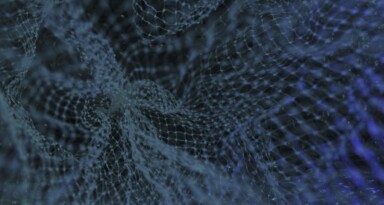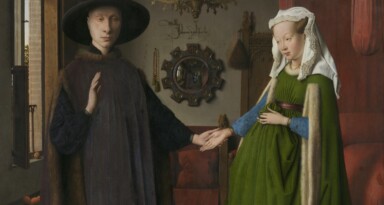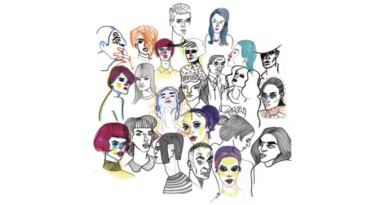“A human being is part of the whole, called by us ‘universe,’ a part limited in time and space. He experiences himself, his thoughts and feelings, as something separated from the rest – a kind of optical delusion of his consciousness. This delusion is a kind of prison for us, restricting us to our personal desires and to affection for a few persons nearest us. Our task must be to free ourselves from this prison by widening our circle of compassion to embrace all living creatures and the whole of nature in its beauty.” -- Albert Einstein, 1921
NEWS FROM NOWHERE: For hundreds of years, the sciences and the arts have been separated, with very little overlap. Scientists pursue the truth by means of experiment, observation, and reason, with scant need for the subjective and ornamental qualities of art. Artists, on the other hand, remain cloistered in their studios, or libraries, lest their imaginative sensibilities be dulled by the analytical mindset of science. British physicist and novelist C.P. Snow described it as the two cultures: “Literary intellectuals at one pole – at the other scientists, and as the most representative, the physical scientists. Between the two a gulf of mutual incomprehension.”
Since the scientific revolution, the idea that specialisation is essential to success has gained traction. Universities are segregated into disciplines, with academics remunerated and celebrated by uncovering truths that few outside their speciality can understand. In his 1959 book, The Two Cultures and the Scientific Revolution, Snow writes: “A good many times I have been present at gatherings of people who, by the standards of the traditional culture, are thought highly educated and who have with considerable gusto been expressing their incredulity at the illiteracy of scientists. Once or twice I have been provoked and have asked the company how many of them could describe the Second Law of Thermodynamics. The response was cold: it was also negative. Yet I was asking something which is about the scientific equivalent of: ‘Have you read a work of Shakespeare’s?’”
The arts and sciences were not always at odds. During the Renaissance, many artists were also scientists, specialists in not just drawing and painting, but anatomy, mathematics, chemistry, metallurgy, and mechanics. Italian workshops were hubs of applied science and artistry, run by master artists who trained apprentices in a wide array of disciplines.
Today, there is a growing movement towards re-connecting the disciplines. NASA, for instance, collaborates with musicians to interpret X-ray data from black holes, translating that data into audible sound. Scientists can hear the rhythm of a black hole’s pressures waves – ripples of gas – which has proved to be a more effective means of identifying patterns than reading the data alone. Increasingly, science is turning to using visuals to simulate phenomena that cannot be seen or heard. And it is within the arts that this imaginative, concept-driven mindset most naturally thrives.
